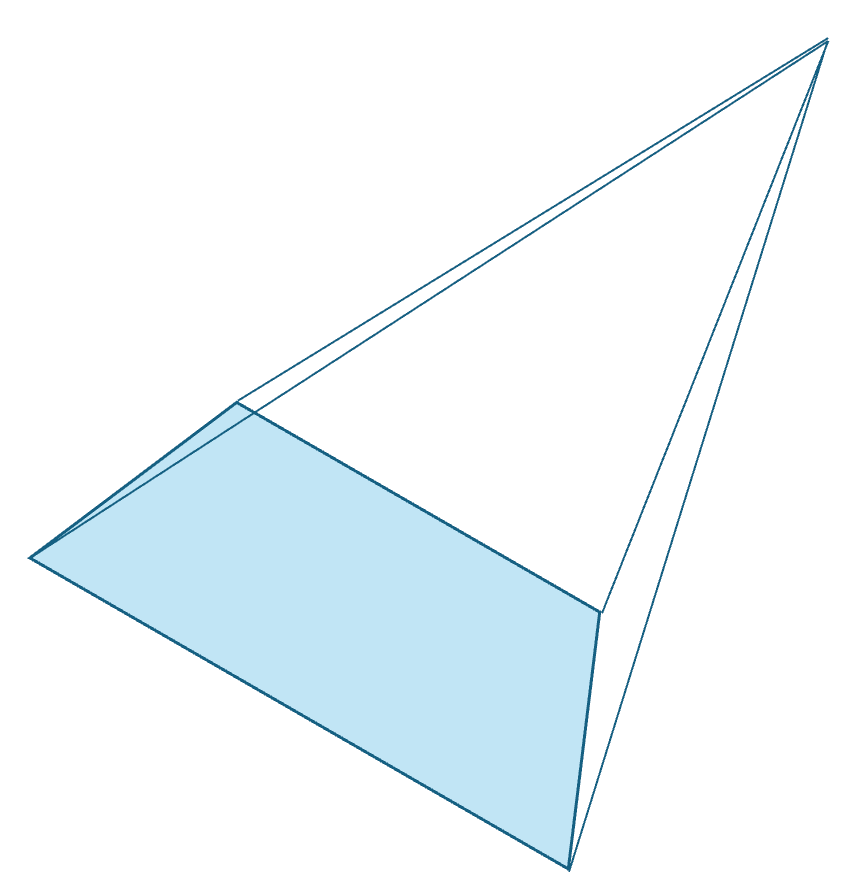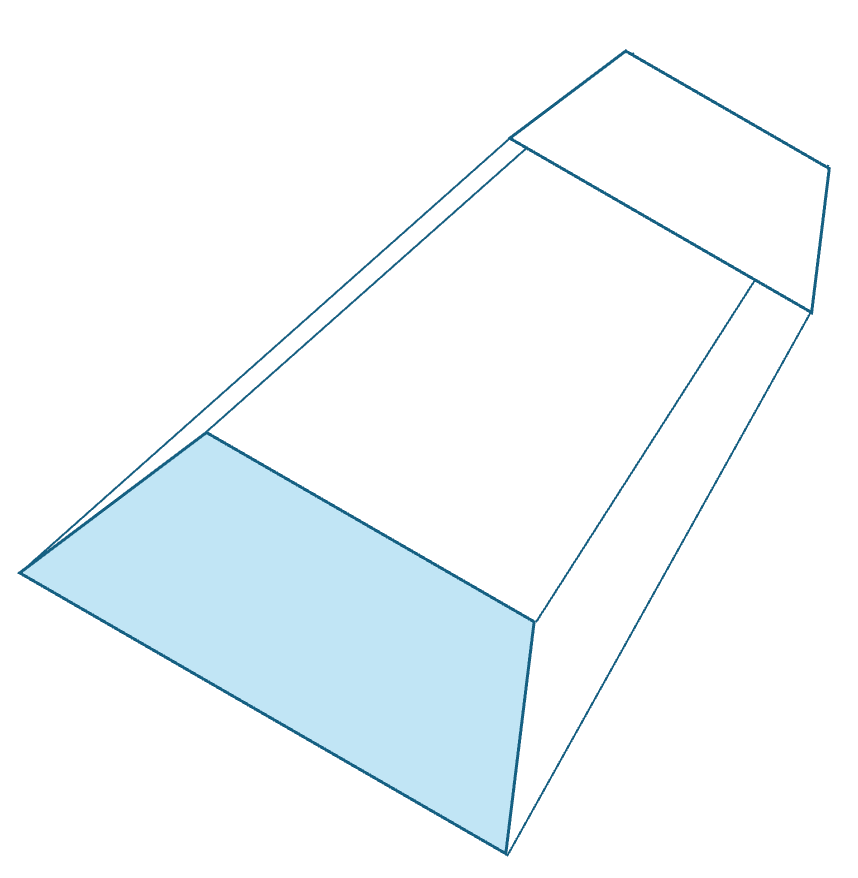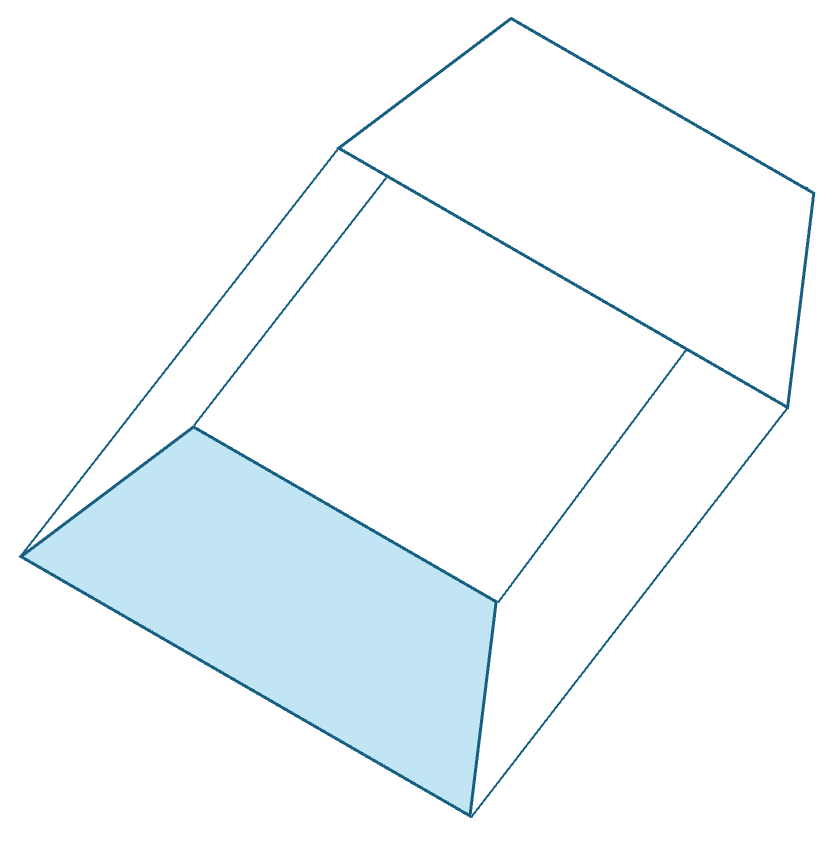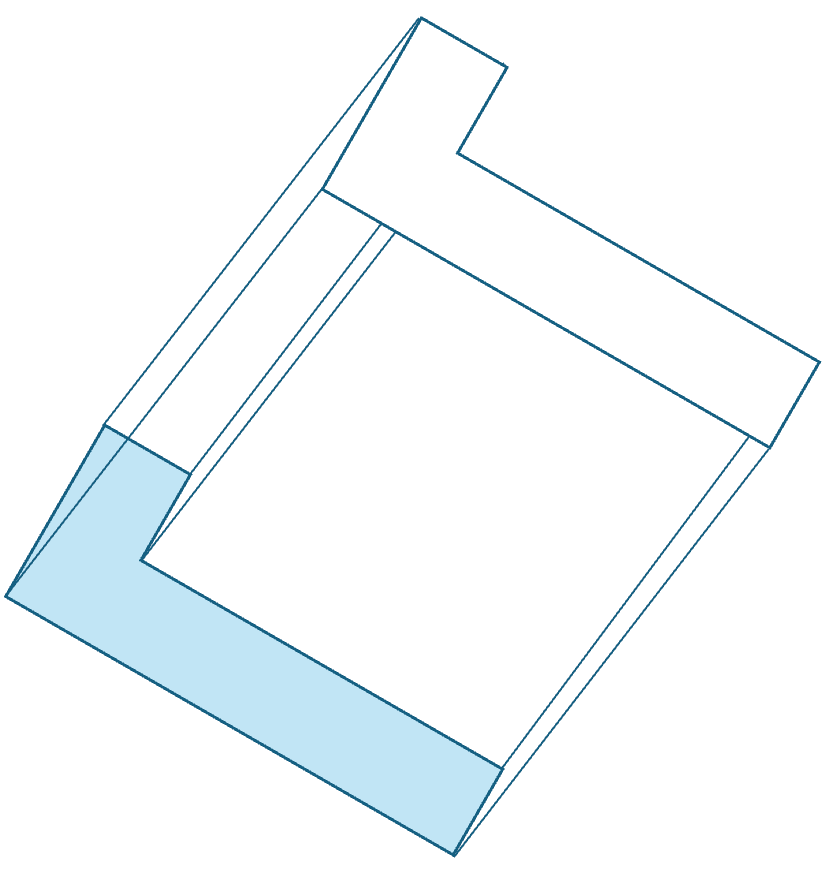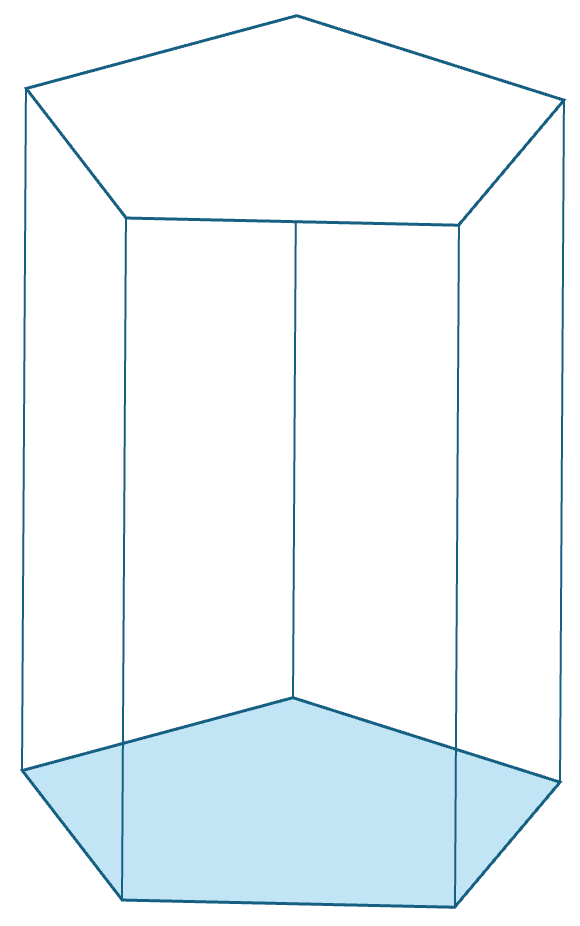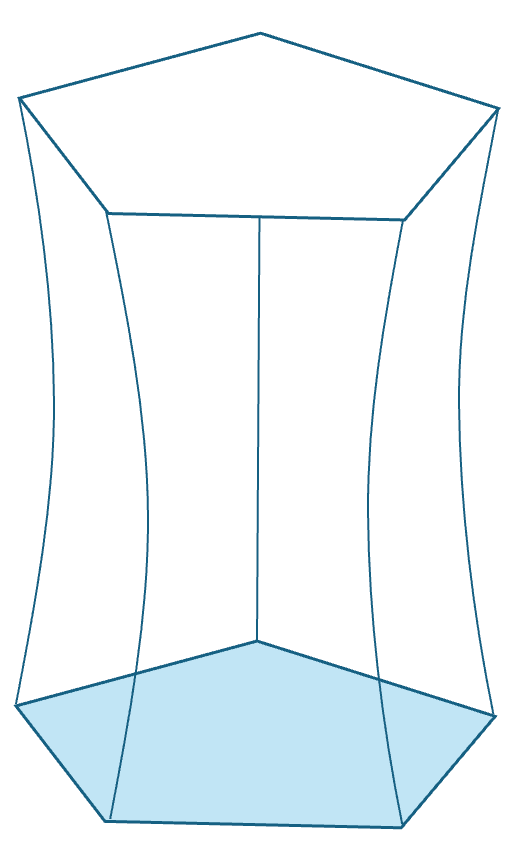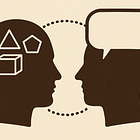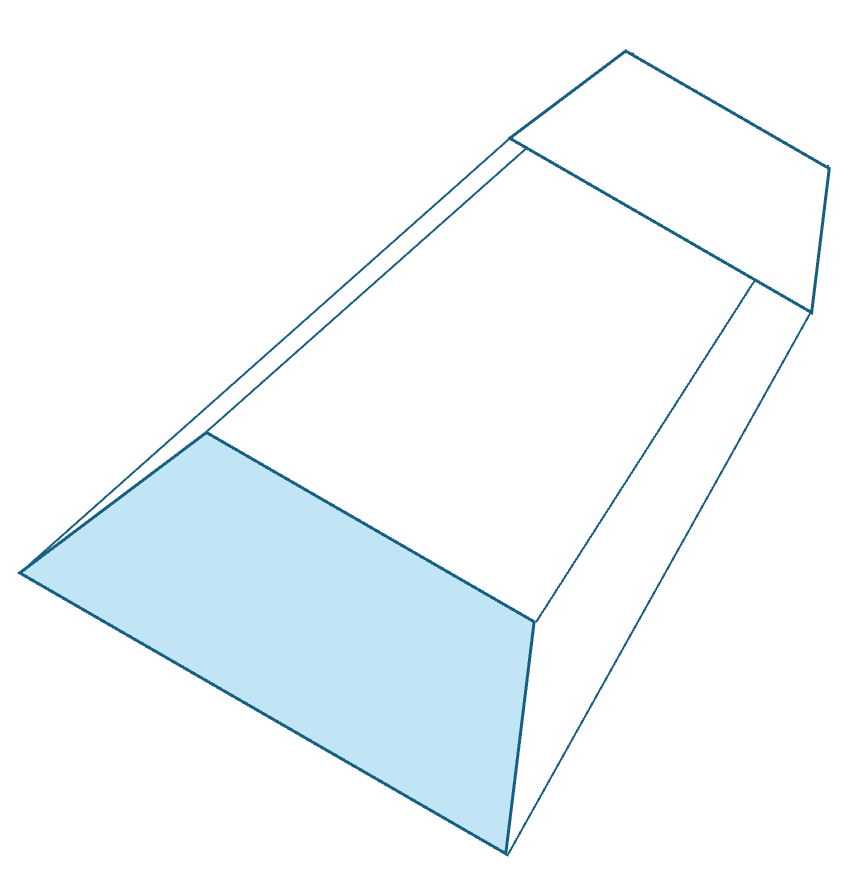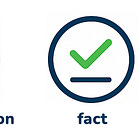Podcast is AI generated, and will make mistakes. Interactive transcript available in the podcast post.
What is a prism?
A prism is a three-dimensional solid, with ends the same shape, size and orientation, with all remaining faces rectangles, and with a consistent cross-section throughout.
That’s a lot to learn. It’s not even strictly correct - it’s been simplified in a few places - but it’s probably good enough as a starter.
We simplified things, and it’s still a lot to learn.
So what to do?
One solution is to ignore the definition entirely, we use a categorical sequence.
This is not a prism.
This is not a prism.
This is a prism.
This is a prism.
This is a prism.
This is not a prism.
As we saw last time, this will probably work, students will be able discriminate between prisms and non-prisms, but they likely won’t be able to talk about prisms, to put into words what they now know implicitly.
But the correlated-features sequence doesn’t seem like it will work here, either.
Is this a prism?
No
How do I know?
Because it’s a three-dimensional solid with ends the same shape, but its ends aren’t the same size and orientation, and not all remaining faces rectangles, and it doesn’t have a consistent cross-section throughout.
Is this a prism?
Yes
How do I know?
Because it’s a three-dimensional solid, its ends are the same shape, size and orientation, with all remaining faces rectangles, and with a consistent cross-section throughout.
Even with top sets that’s unlikely to work.
Essentially what we have here is a fact.
The fact can be atomised to show what concepts it connects:
A (prism) is a (three-dimensional) (solid,) with (ends) the (same shape), (size) and (orientation), with all remaining faces (rectangles), and with a (consistent)(cross-section) throughout.
That’s at least ten concepts we’re connecting to the concept of prism, depending on how you count it.
If we want them to learn that fact we can just ask students to rehearse it. After a few days they will be able to restate it from memory.
The risk is in whether they will retain the meaning of so many concepts and their connections while also learning to recite the fact by heart.
In other words, ‘just tell them’ might fail here due to the complexity of the fact; the level of element interactivity, to use the idea from cognitive load theory. There is also a risk of transient information effect: they may forget the first part of the fact while moving on to the later parts. It’s too much to process all in one go.
So we want students to not only learn to discriminate prisms from non-prisms, we want them to be able talk about prisms and their properties as well.
But our principle method for achieving this oracy, the correlated-features sequence, can only connect one or two features to a concept at one time.
And if we ask students to just memorise the fact, it’s complex enough that even a student who knows all the concepts individually still might fail to make any sense of so many of them being connected all at once and while trying to memorise the fact.
What do we do?
One answer lies in a modification we can make to the correlated-features sequence:
Keep reading with a 7-day free trial
Subscribe to Unstoppable Learning to keep reading this post and get 7 days of free access to the full post archives.




